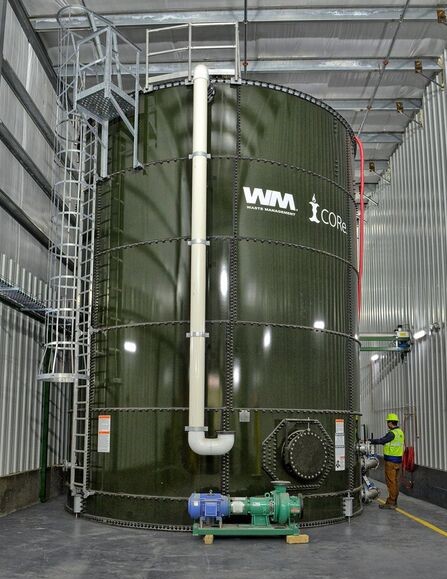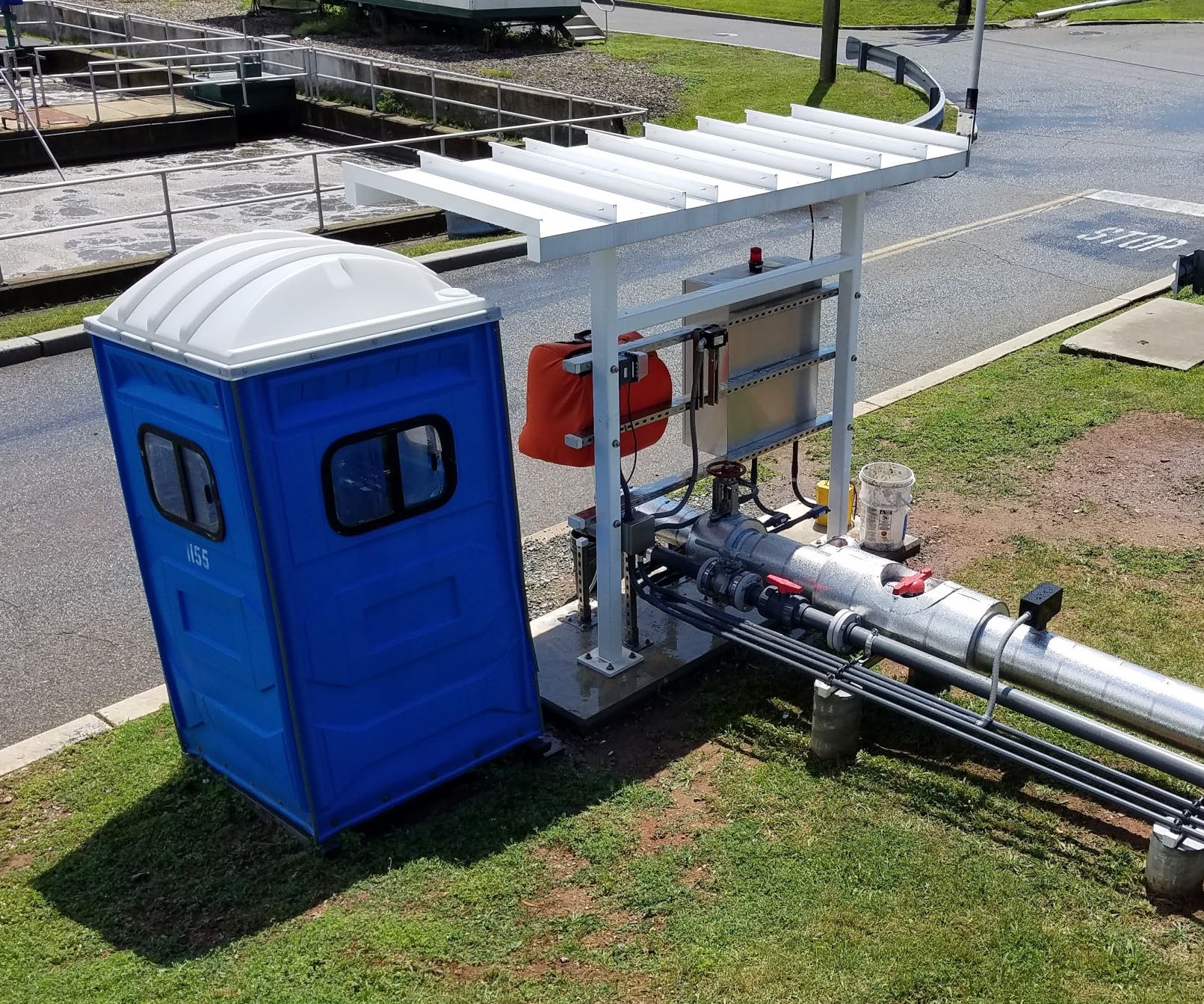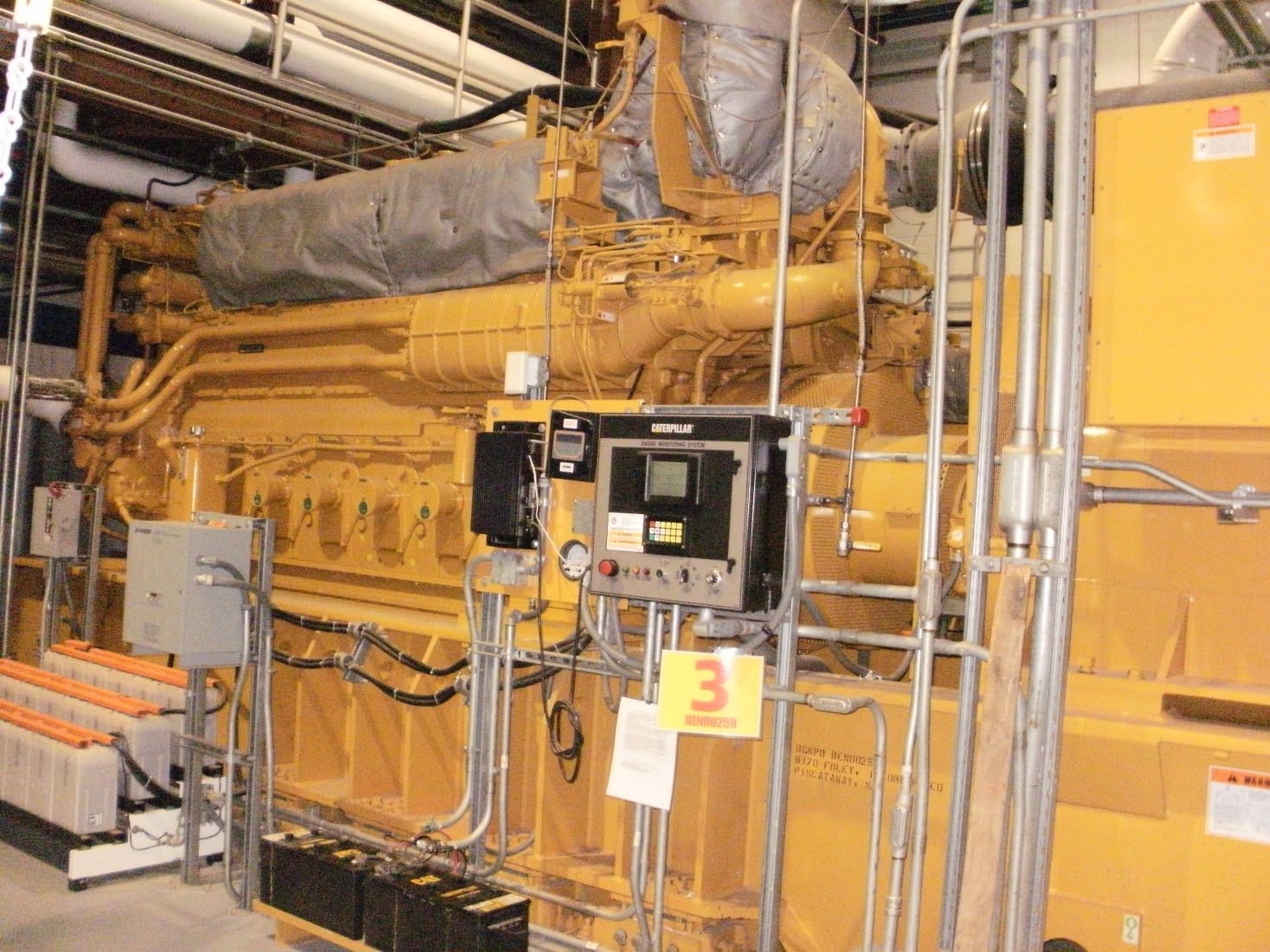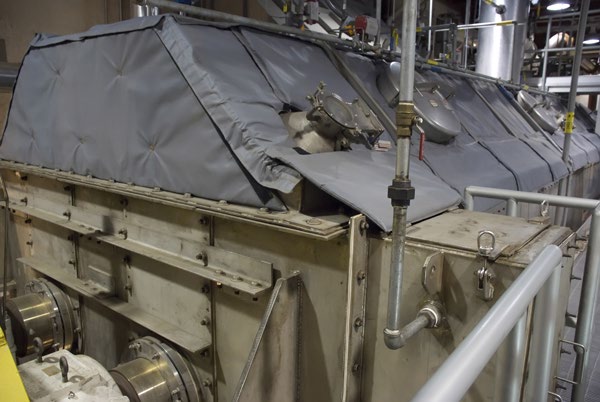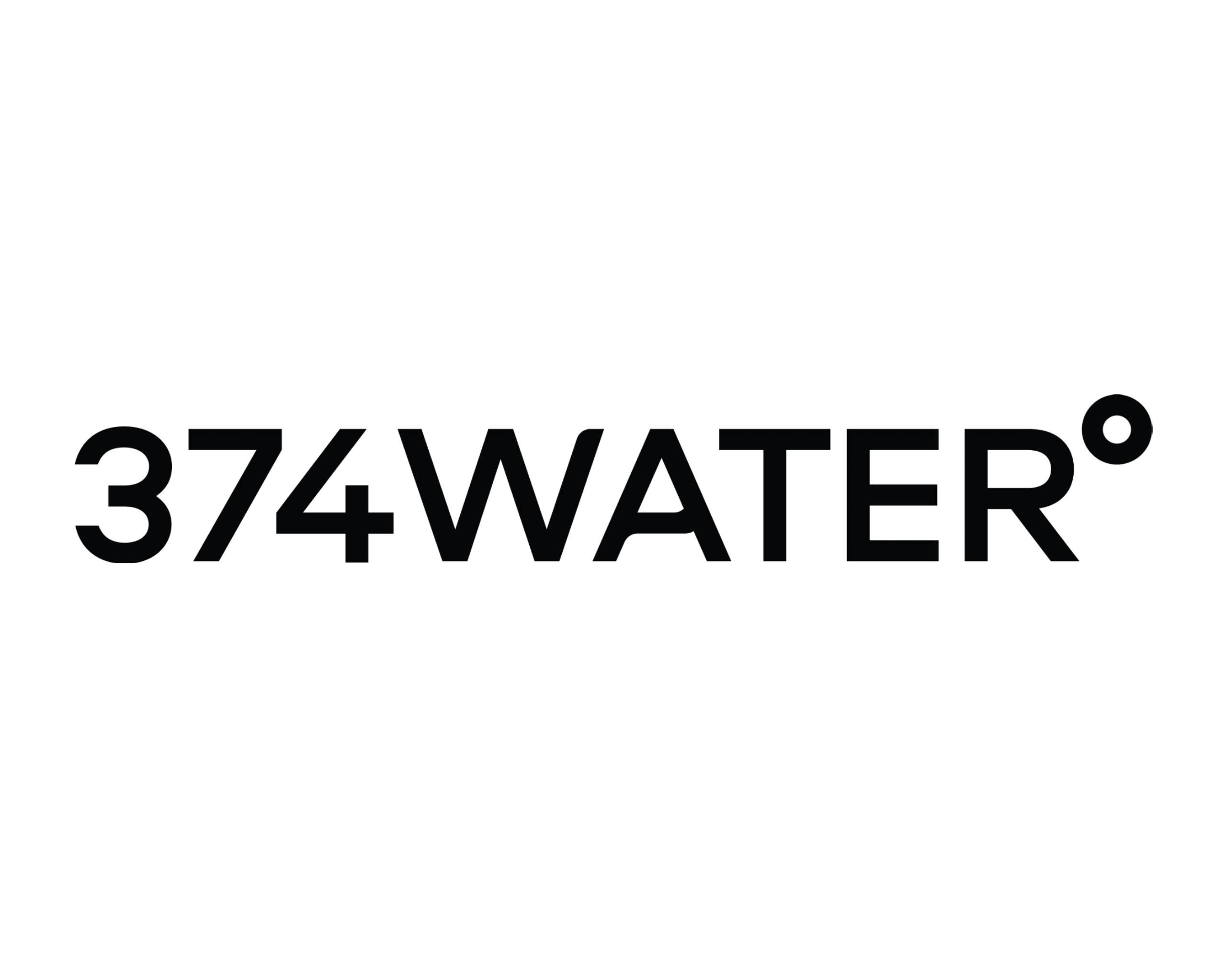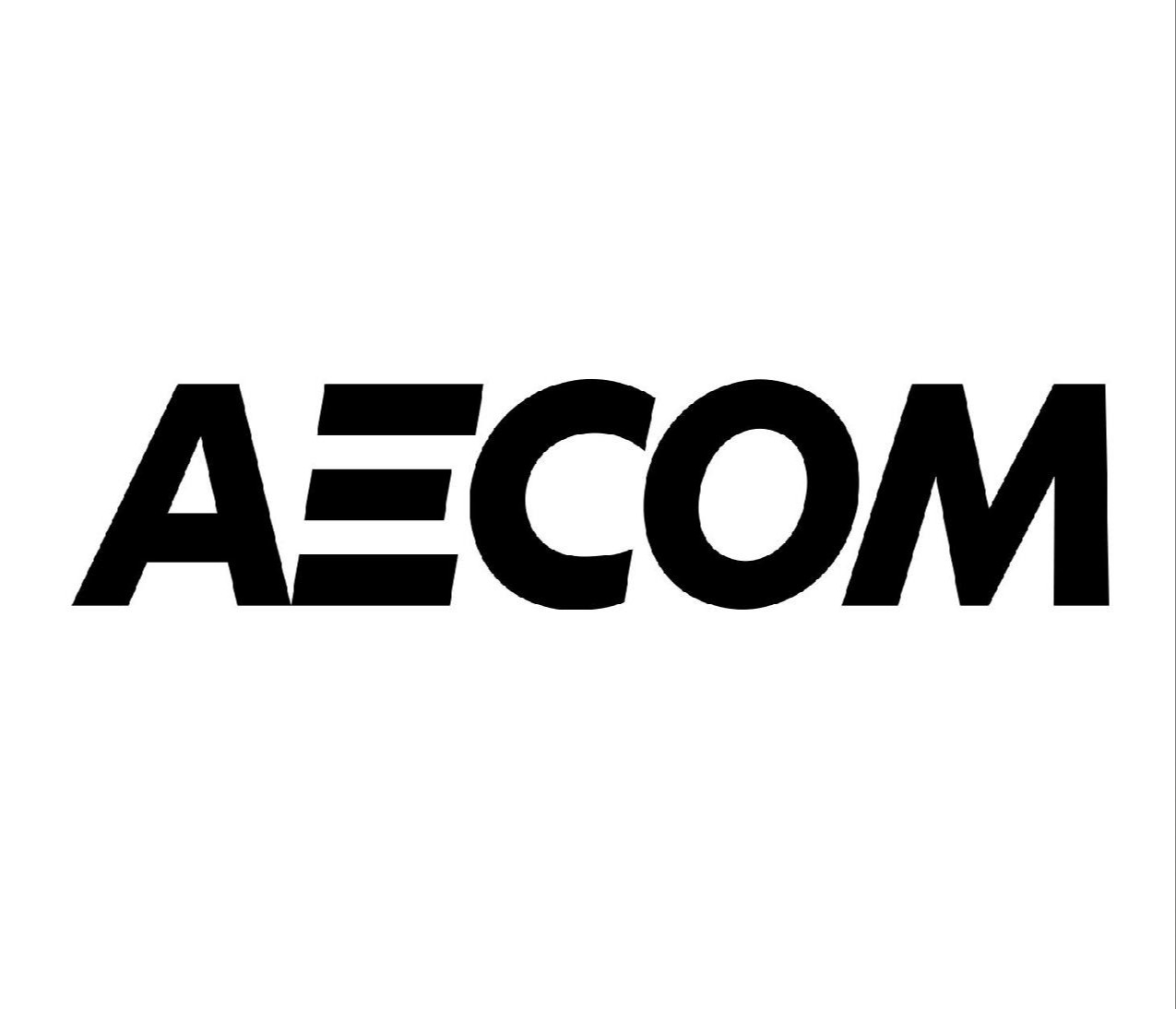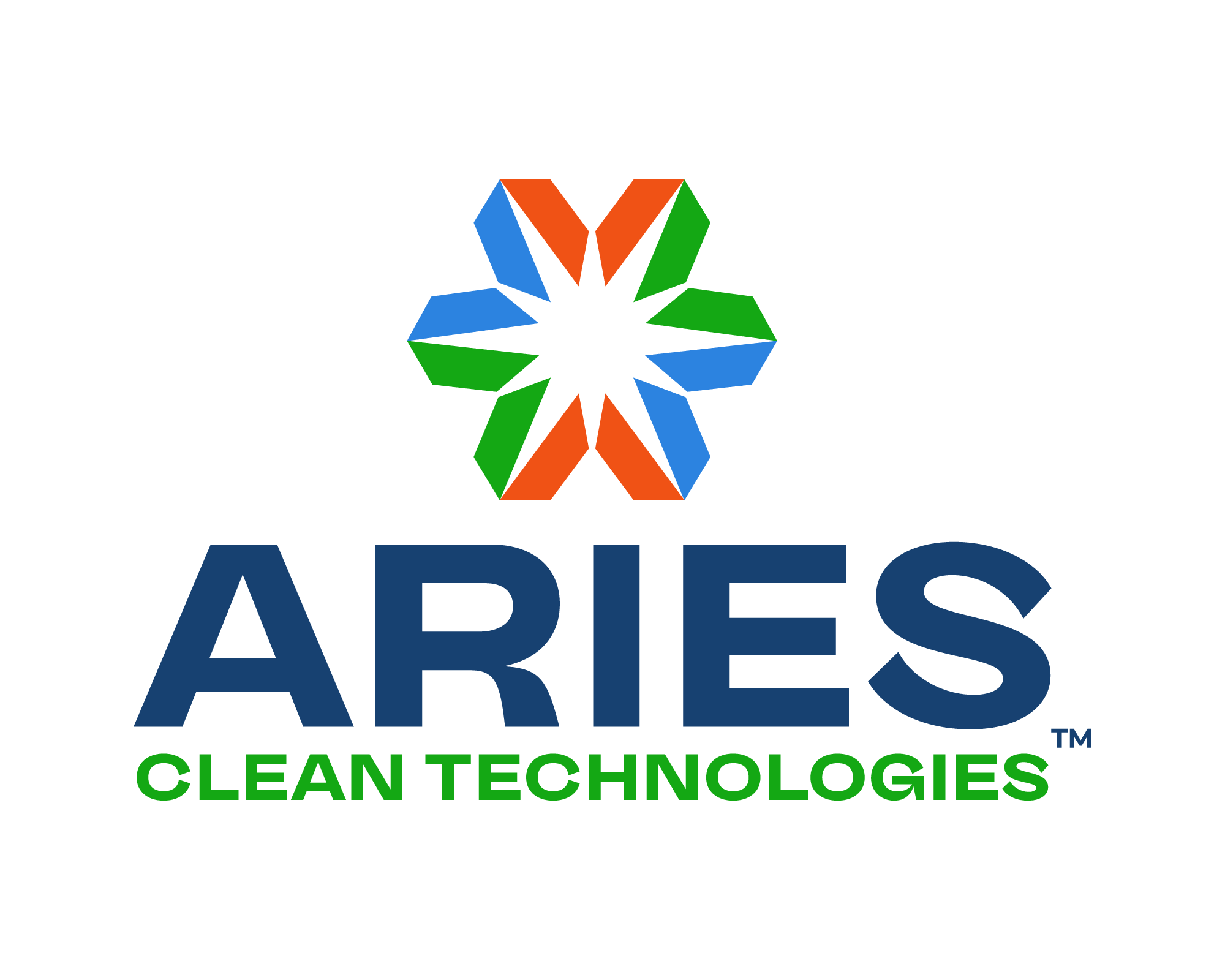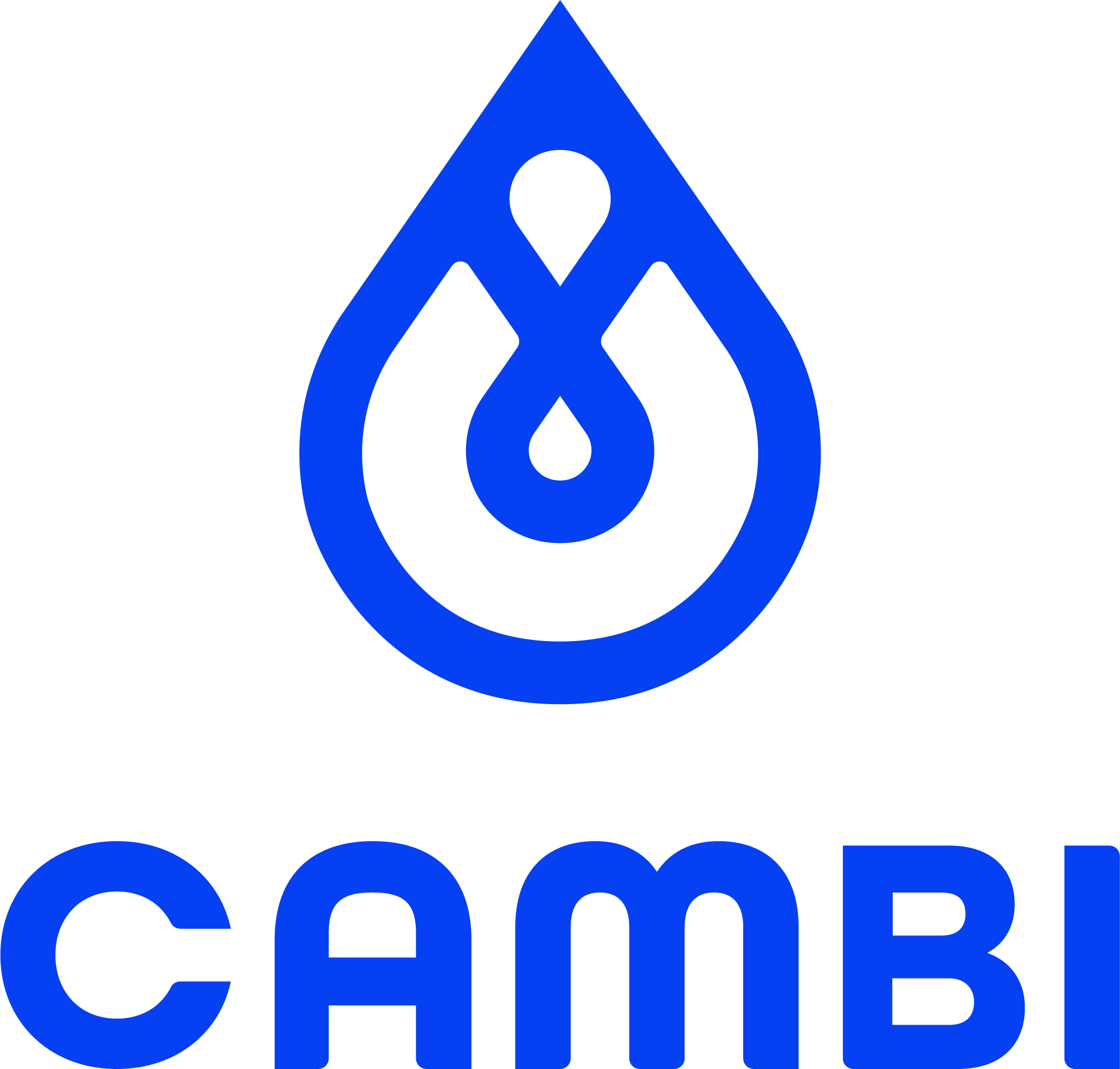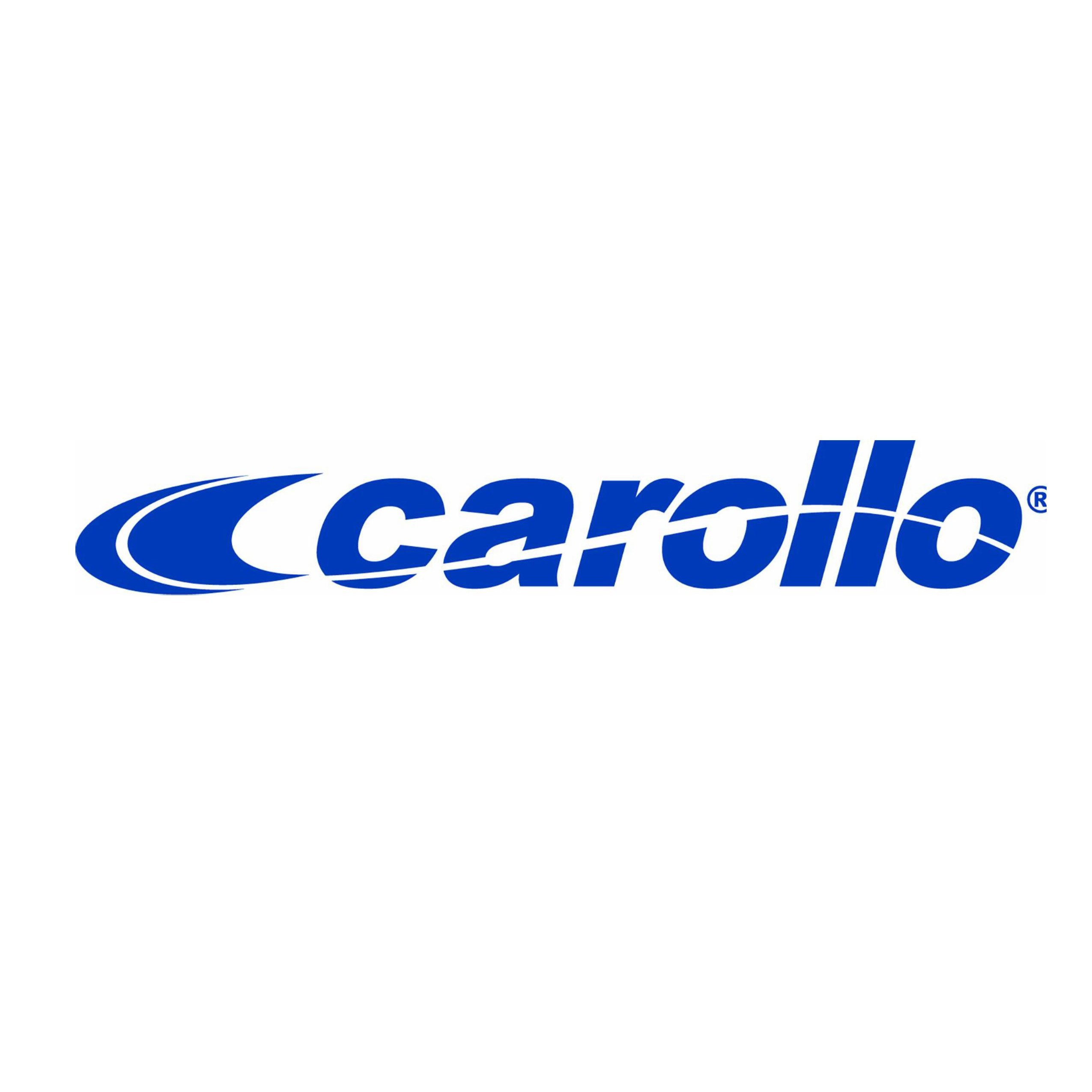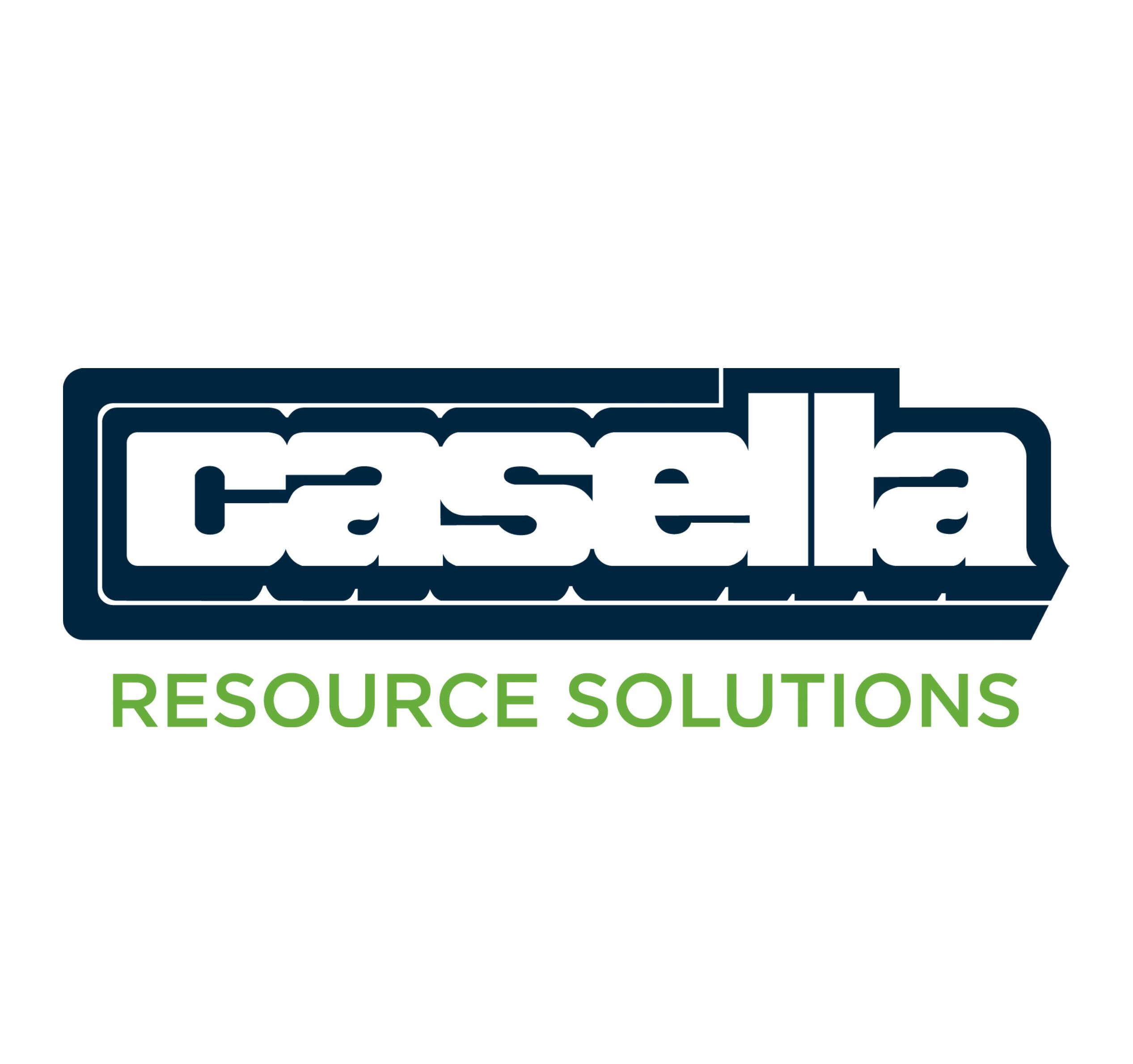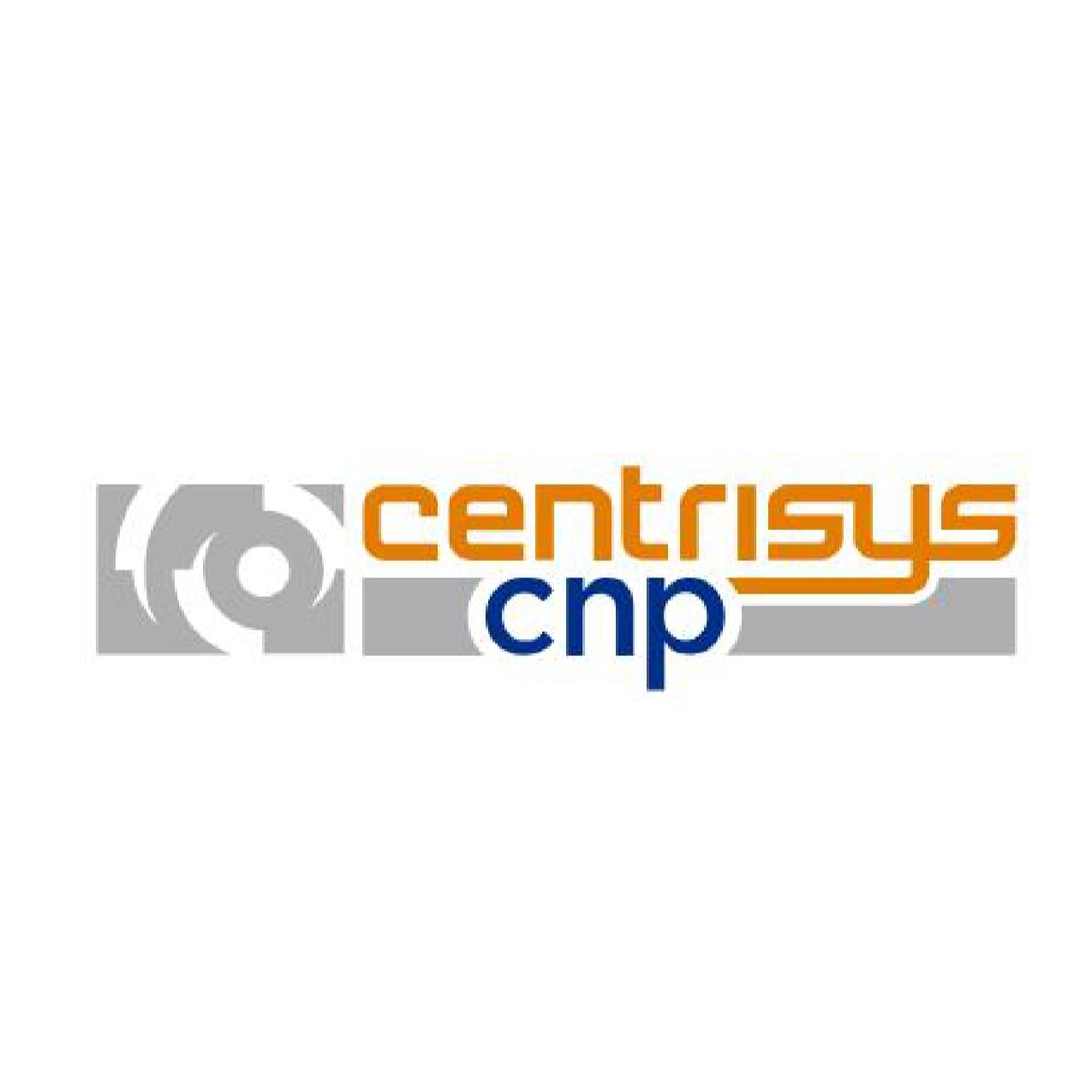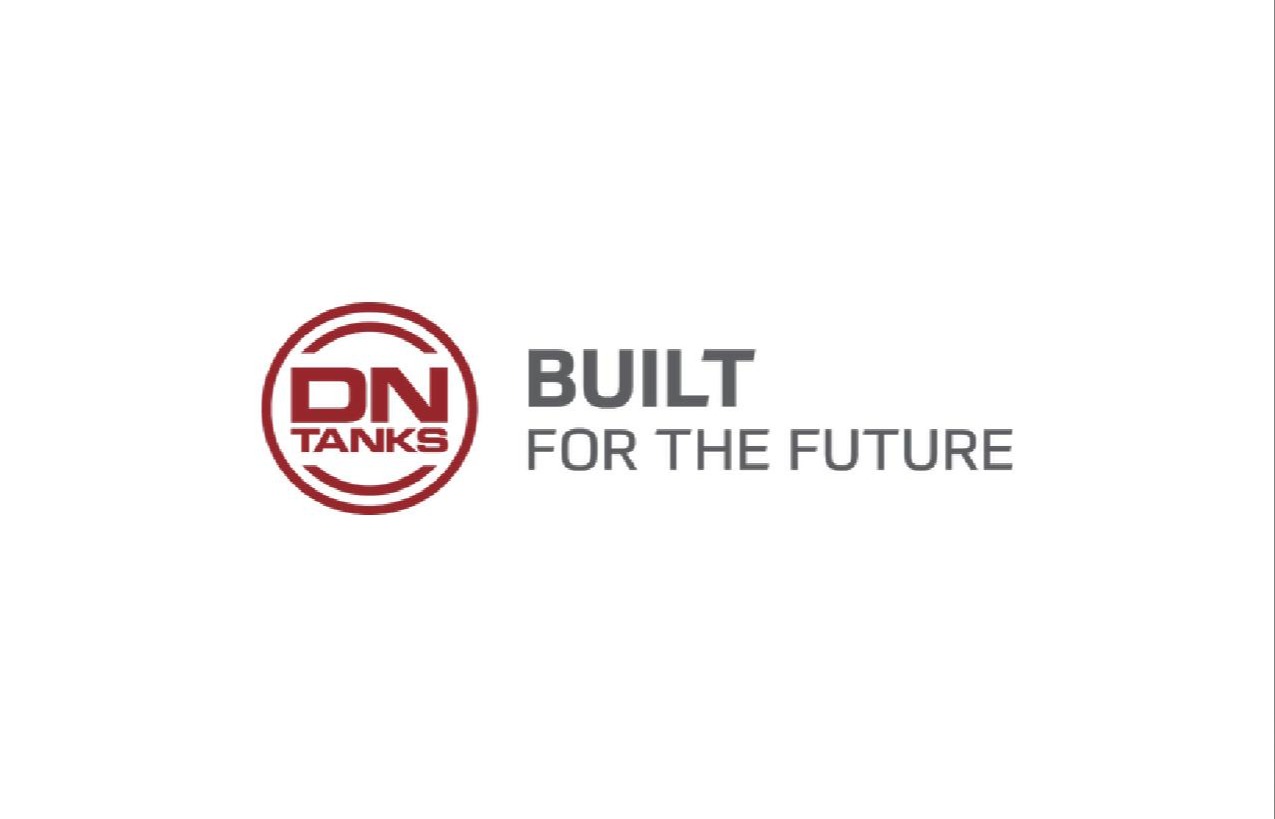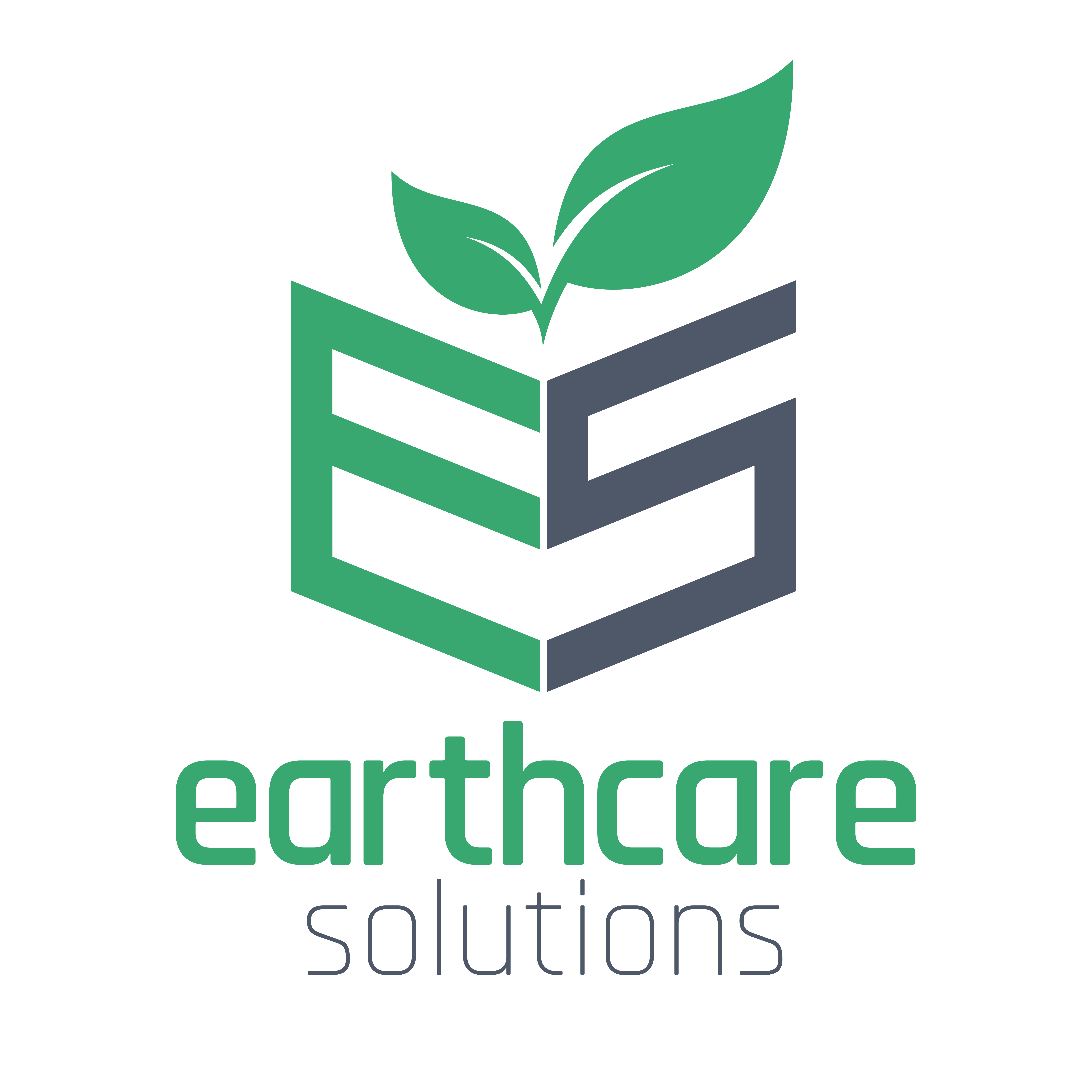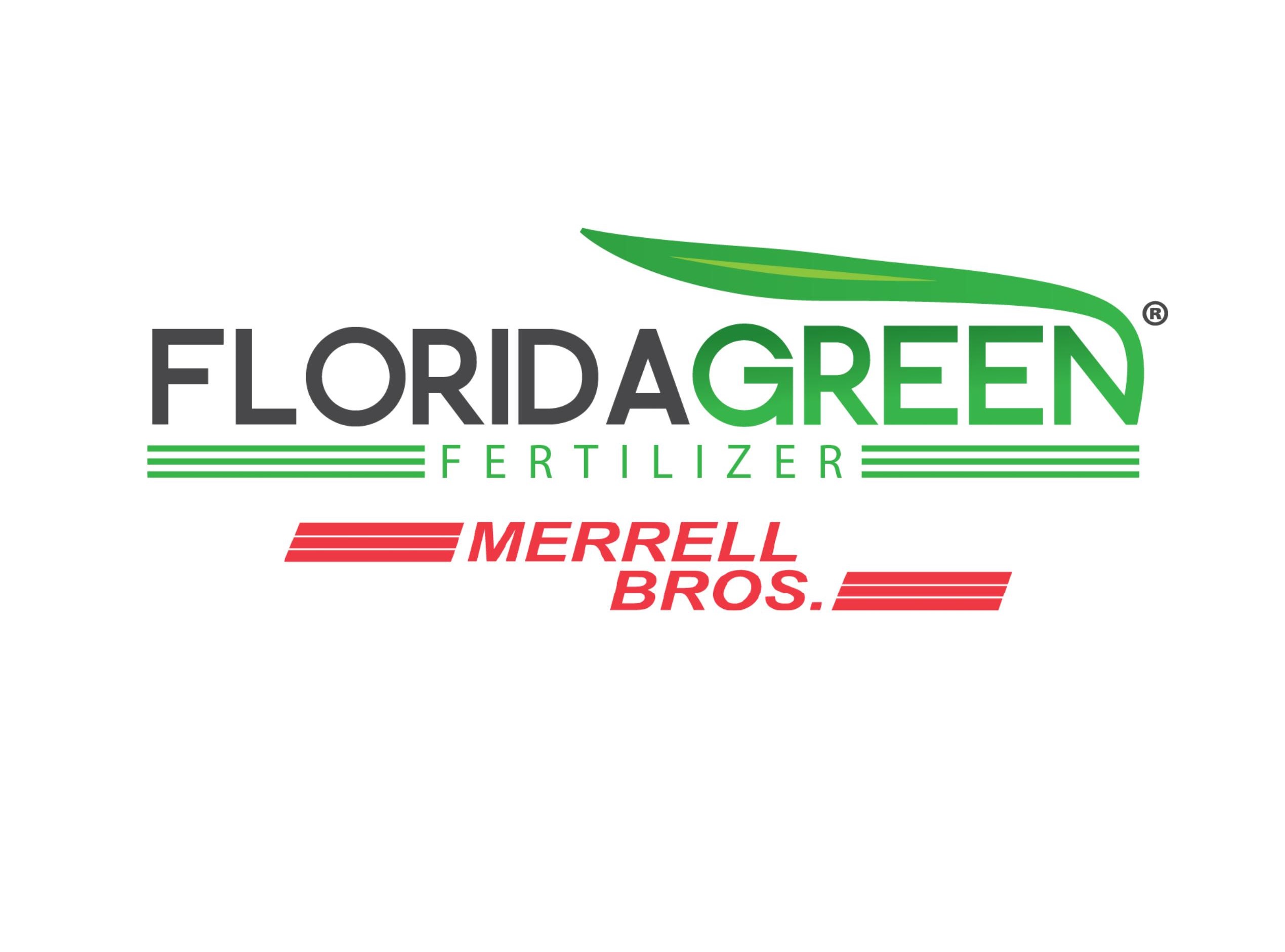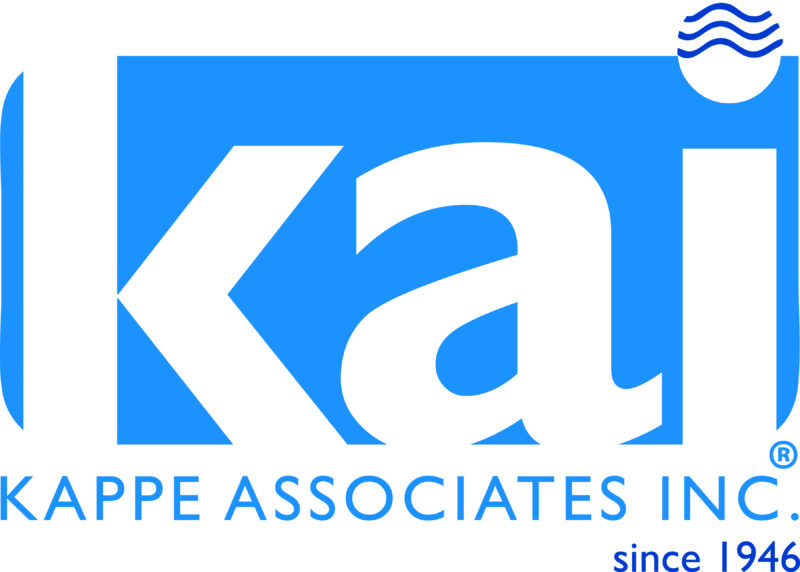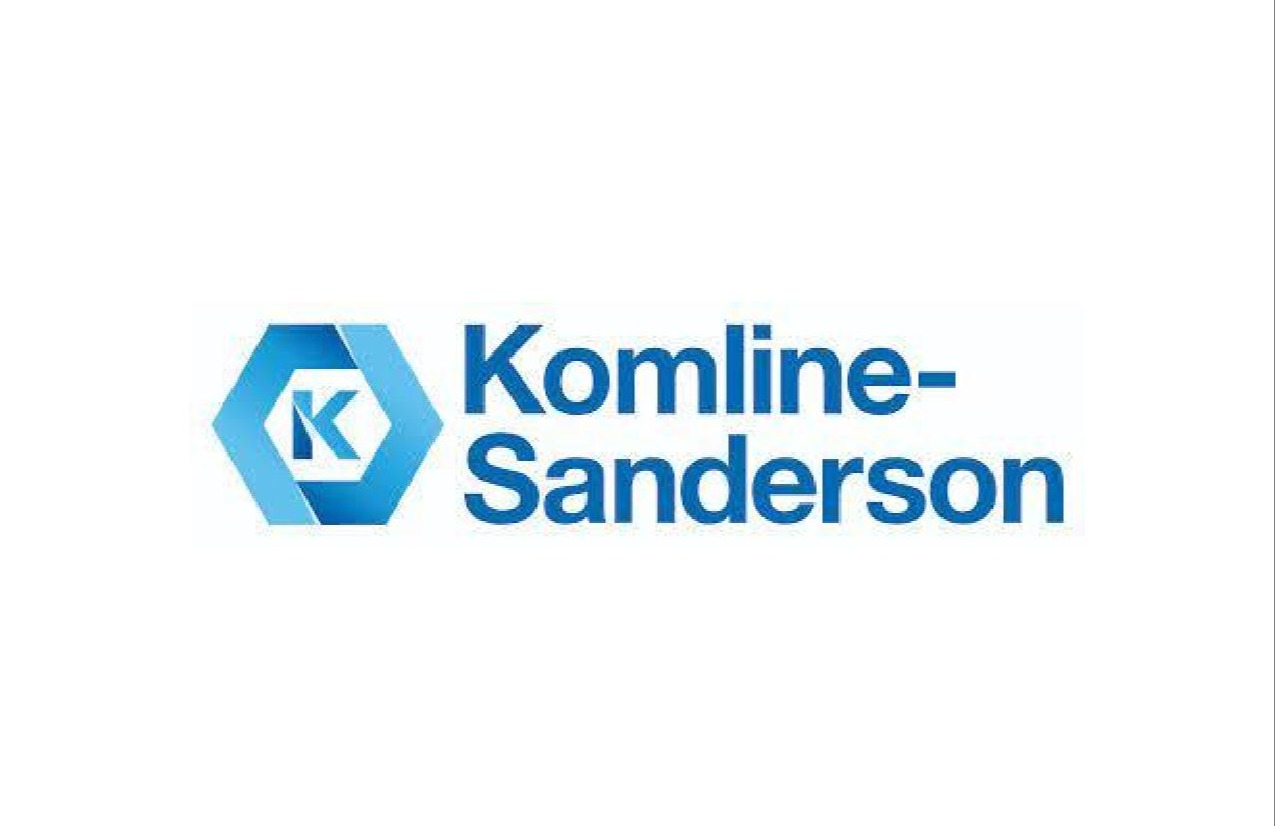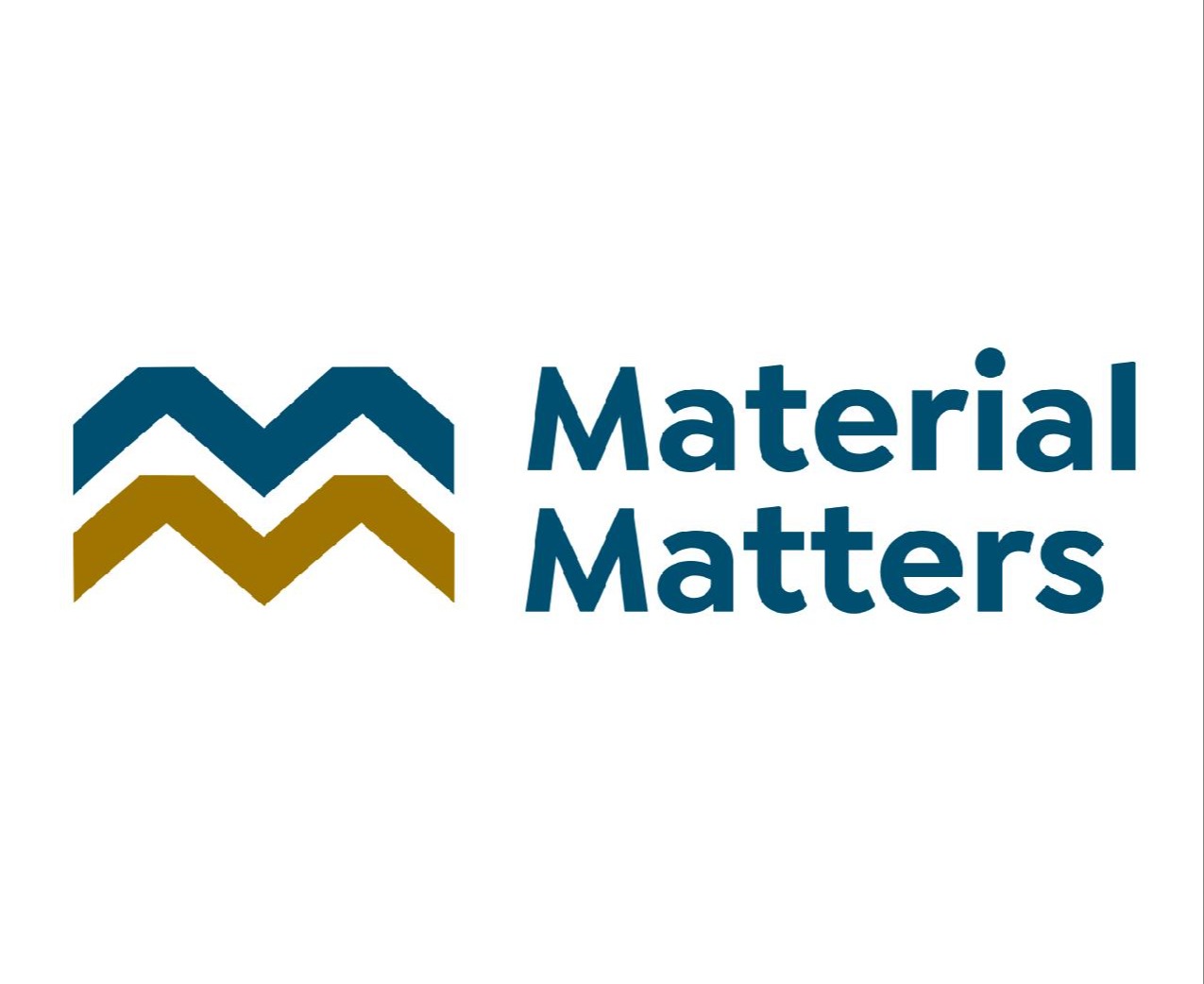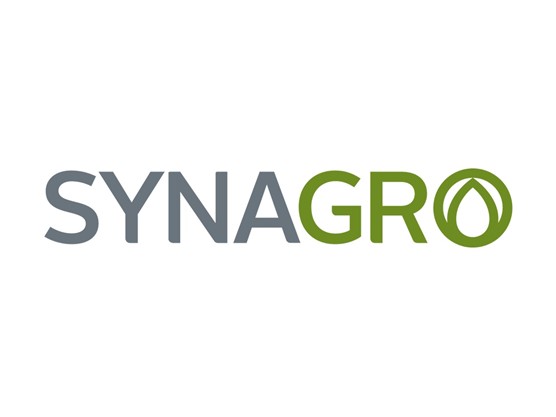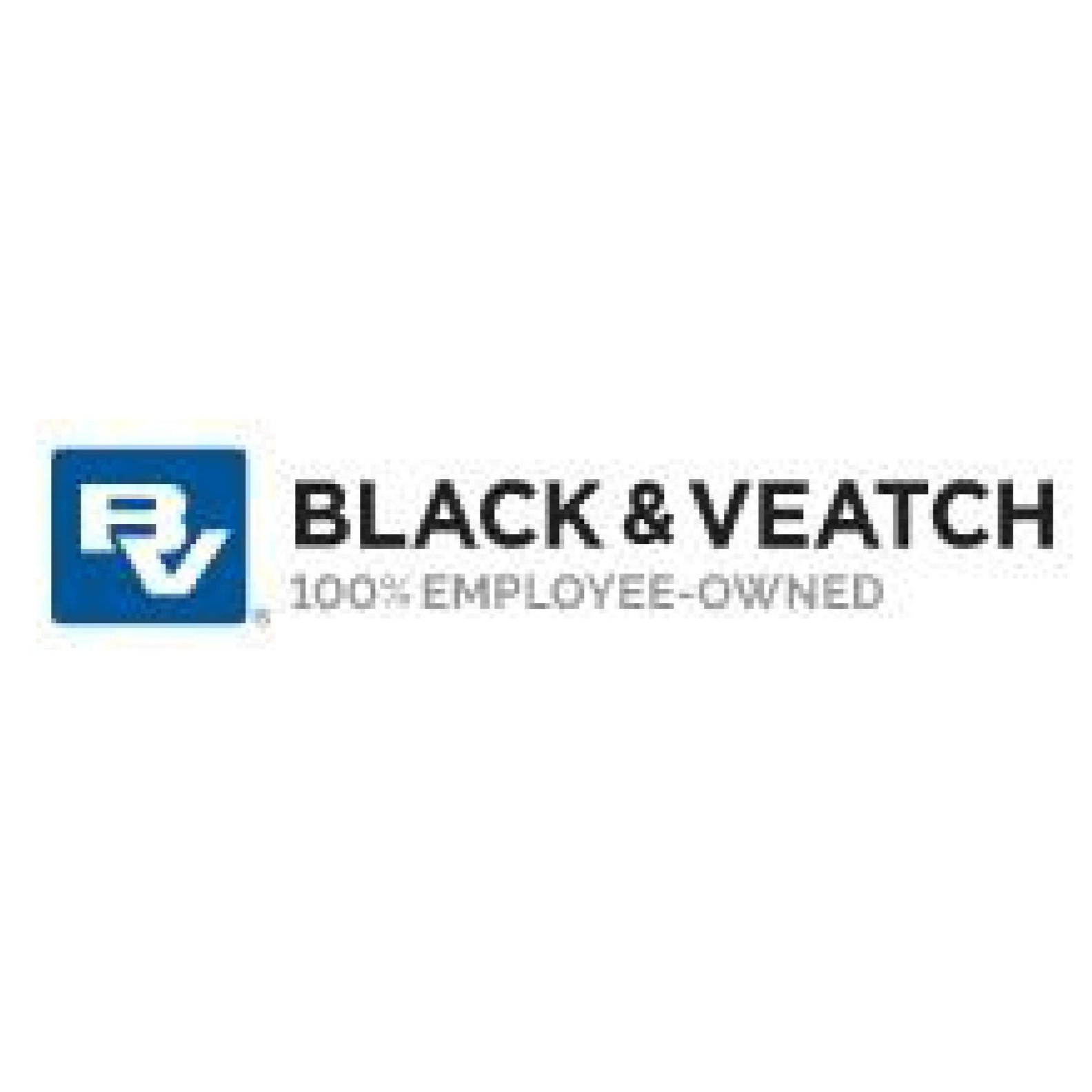- Login
- Home
- MABA
- MABF
- What's New
- Events
- Resources
- Biosolids Advocacy Fund
- Contact Us
|
October 2024 - MABA Biosolids Spotlight Provided to MABA members by Bill Toffey, Effluential Synergies, LLC SPOTLIGHT on Co-Digestion at Rahway Valley Sewerage Authority Successful implementation of innovative technologies at wastewater reclamation facilities is very often a consequence of the support of a tenacious champion with operational knowledge and engagement. Rahway Valley Sewerage Authority, a New Jersey WRRF serving a quarter million people, is an agency that has stood apart for its innovative technologies for energy and solids management. James Meehan served as the executive director for the RVSA from 2010 through 2022 and championed this philosophy. Under his leadership, the RVSA explored many options to leverage the assets of the RVSA and was on the forefront of environmental initiatives, including co-digestion of food waste, beneficial reuse of biosolids, and eventually renewable natural gas. Working with RVSA to manage the challenges of those innovations has been John Buonocore. Over the past fifteen years, Buonocore served first as chief engineer, later as assistant director, and since 2022 as the authority’s executive director. Every workday Buonocore continues Meehan’s vision and presses for projects that implement a vision of maximum utilization of his agency’s assets to improve financial health and reduce operational risks. Foremost are questions of using the capacity of RVSA assets to reduce energy budgets, to manage biosolids costs and risks, and to use resources in the private sector to bring in technology and to share risks. Through it all, Buonocore has navigated a complex field of staffing, board policies, procurement options and regulatory considerations, and against the backdrop of unexpected events, such as the kinds posed by PFAS or that of key equipment failures. Several metrics of the RVSA operation stand out as key to its program innovations. These metrics reflect the geographically central location of RVSA in the NY-NJ Metropolitan region, with particularly good transportation access, with potential flows of carbon-rich organics by sewer and truck, with a specific set of environmental standards set by the NJDEP’s approach to water and air quality. Extra capacity in RVSA anaerobic digesters prompted RVSA’s interest in food waste supplementation. The US EPA had funded a pilot of co-digestion of food waste with wastewater solids at East Bay Municipal Utility District (East Bay MUD) in Oakland, California. Its findings were widely reported in such documents in 2008 as “Turning Food Waste into Energy at the East Bay Municipal Utility District” and “Anaerobic Digestion of Food Waste.” The Water Research Foundation issued a series of publications on this topic, notably “Co-Digestion of Organic Waste Products with Wastewater Solids (2014),” finding “the practice of adding waste organic feedstock directly to anaerobic digesters is becoming an attractive way for utilities to generate revenue from tipping fees while boosting biogas production “ Buonocore muses, “I don’t know why every agency with digesters doesn’t explore co-digestion.” WM Organic Recycling was ready to step up to RVSA’s interest in co-digestion. Dan Hagen, Director of Business Development for WM Organics Recycling, has been the go-to person for RVSA. WM was able to offer its CORe® system technology, the centralized organic recycling equipment, a proprietary process that converts commercial source-separated food waste into EBS®, an engineered bioslurry product. This is a “milk-shake-like” flowable liquid of about 15% solids concentration and with an energy-rich COD concentration of about 200,000 mg/liter. Hagen brought to RVSA the success of CORe at the Los Angeles facility that fed digesters at LA Counties Sanitation district, and two other East Coast operations, one in Brooklyn, producing EBS for NYCDEP’s Newtown Creek WRRF, and the other in Boston, producing EBS for Greater Lawrence Sanitation District in North Andover, Massachusetts. All three of these reference facilities successfully enhanced biogas production without adverse effects on digester operations.
WM Organics Recycling provides a reactor for creating a slurry of the screened source-separated organic wastes, mostly collected from commercial sources. CORe stands for centralized organic recycling equipment. Using the vehicle of a competitively-bid Public-Policy-Partnership proposal, subsequently negotiated successfully with WM Organics Recycling and WM’s Greater Mid-Atlantic Market Area, WM built at RVSA a 210,000-gallon EBS receiving facility and installed its CORe food waste receiving and process system in Elizabeth, New Jersey. In full operation now for several years, WM ships on average 30,000 gallons of EBS daily five to six days each week. The receiving tank at RVSA is sized to allow plant operators to feed the digester 24-7, for the kind of even feeding important for steady digester operations and rates of biogas production. Both the Elizabeth CORe and the RVSA receiving facility have capacity for future expansion. But at present, EBS deliveries are such that the mass of volatile solids from the EBS are roughly equivalent to the mass of volatile solids coming from primary and waste activated processes.
The Public Private Partnership between RSVA and WM resulted in the installation at RSVA of a Food Waste Receiving Station. In addition to extra digester capacity, RVSA had other assets and opportunities within its fence line. One of these is biogas fueled electric generators. Four 1.5 MW Caterpillar internal combustion engine (ICE) generators had been installed at RVSA in 2007, a genset complex that enables RVSA to operate fully should electrical service to the plant be lost. The ICE generators had been equipped with dual fuel controls to allow for digester gas, natural gas, or blended digester and natural gas. With the EBS supplementation, one of the ICE engines can run 24/7 on straight digester gas.
RSVA has a genset with a combined power potential of 6.5 Megawatts, though it is presently set up to operate one CAT internal combustion engine with biogas from the co-digestion of wastewater solids and engineered bioslurry. RVSA has also a biogas clean up system in support of the fueling of the ICE generators. This is a Unison brand system that removes hydrogen sulfide, drops the moisture, filters particulates, and then passes the biogas through a carbon filter to remove siloxane. It then compresses the biogas, which results in additional moisture reduction. At this point, the gas typically has 650 BTUs per cubic foot of energy value. The Unison system is currently providing cleaned digester gas to power a single generator on a continuous basis, but is at maximum capacity and cannot handle additional biogas. To process the additional digester gas produced through the co-digestion process, RVSA is pursuing a new system to remove the CO2 component of biogas, to bring it up to the energy content of natural gas, and RVSA is discussing this option with WM Organics Recycling. Another asset at RVSA is its Komline-Sanderson indirect paddle dryer, installed in 2004 and now 20 years old. The dryer was designed explicitly to draw upon ICE generator waste heat, though it can also be heated directly by a natural gas boiler. The dryer is sized to evaporate nearly 5 tons of water hourly, about twice the requirements for the mass of centrifuge dewatered cake that RVSA had been producing through its Centrisys centrifuges. The waste heat from two of the cogen ICE units is sufficient to meet the energy requirements for the dryer when in operation. The capacity of the dryer is sufficient to handle more than current digested solids, so additional solids from supplementation of the digesters pose no issue.
The Komline-Sanderson indirect paddle dryer is set up to use waste heat from the electric generators. The dryer is operated continuously for a four day period each week, and at present the dried biosolids is used for alternative daily cover at municipal solid waste landfills, a category of use designated by NJDEP as beneficial. As one of the MABA region’s biosolids leaders has been known to say: “between the cup and the lip is many a slip.” The path for RVSA has had its tortuous aspects, and Buonocore has provided his colleagues in the wastewater profession candid assessments of challenges RVSA has faced during NJWEA conferences 2022 through 2024. Dried product conveyance is a challenge. Buonocore has described in presentations on his facility the conveyors of dried biosolids from the dryers to truck loading as a “chutes and ladders” system, a design determined by the building layout. The conveyance system contributes to degradation of the dried biosolids, resulting in a dusty product unwanted by farmers and other customers. RVSA installed a system to spray oil on the dried biosolids to suppress dust, but this is an expensive additive with downstream risks, including increased self-heating. In 2023, nineteen years after its installation, the dryer suffered a major leak to its thermal oil, requiring months to empty and clean the dryer and complicated confined space welding to add hard facing of the paddles. Buonocore is tracking several factors that can influence RVSA solids handling. One of these is PFAS. Should national standards for biosolids use be amended to reflect risks of PFAS in a way that would limit the recycling of RVSA biosolids, then Buonocore might focus a search into thermal processes that can reliably destroy biosolids-borne PFAS, and perhaps other micropollutants. This could be such technologies as gasification, pyrolysis and supercritical water oxidation. But Buonocore is looking for successful reference facilities at municipal plants elsewhere before moving ahead. Another factor Buonocore is tracking is innovative drying technologies. At present, repairs made to the Komline indirect paddle dryers will extend this equipment for several years going forward. RVSA biosolids disposition program does not presently accomplish the circular economy goal of nutrient and carbon recycling to land. RVSA received priced proposals for handling RVSA’s biosolids, both its cake and dried forms, and reached an agreement with WM for its contract. Today, WM is using the RVSA biosolids almost entirely for daily cover at its municipal solid waste landfill operations. This category for use meets the New Jersey definition for beneficial use. Further out, RVSA may look at recent experiences with new dryers, such as radiant belt dryers, and reconsider direct rotary dryers for the quality of the product that would attract farmer use, which would better fulfill the kind of environmental sustainability that has been a key to the RVSA goal. Another area of concern for Buonocore is flaring. Biogas yield is highly responsive to the rates of feed of the bioslurry into the digesters, and challenges of balancing that feed to the separate streams of thickened primary and WAS solids can result in spikes of biogas that must be flared. Buonocore seeks to minimize flaring through use of the cogeneration engines and the proposed RNG production. WM and RVSA have been working on the bioslurry program since 2018. Lessons were learned on the way the slurry is handled. This includes the type of metals and coatings used to protect equipment from the acidic and corrosive properties of the bioslurry. RVSA learned how it can deploy automatic monitoring of liquid and gas flows so that it can respond, for instance, to variations in organic loadings, gas quality, and digester temperatures. RVSA and WM have been able to show that RVSA can readily double the production of biogas with bioslurry, and the mesophilic digesters remain stable, even when organic loading from the bioslurry is in a 50:50 proportion to the wastewater solids. The total mass of biosolids handled by RVSA has increased only slightly despite the significant loadings of bioslurry, and its dewaterability and its dried product quality have not changed appreciably. RVSA has been pursuing a new biogas project -- the treatment of biogas to the standard of renewable natural gas (RNG). RVSA has within its reach the 100 PSI natural gas main of Elizabethtown Gas. The potential for sale of NRG to Elizabethtown, with the significant financial incentive provided by an environmental attribute known as RINs, makes the extra costs of biogas clean up and CO2 removal a clear financial benefit. The strategy under consideration is having all biogas directed at production of RNG. In this case, regular natural gas is used to run the ICE genset, and waste heat is used in the biosolids dryers. Flaring could be thereby significantly reduced, and complications of running the genset on biogas could also be avoided. While significant projects lay ahead, RVSA’s accomplishments to date with co-digestion, biogas utilization, and beneficial solids use place RVSA as a national role model for sustainability in wastewater treatment. For more information, contact Mary Baker at [email protected] or 845-901-7905. |

